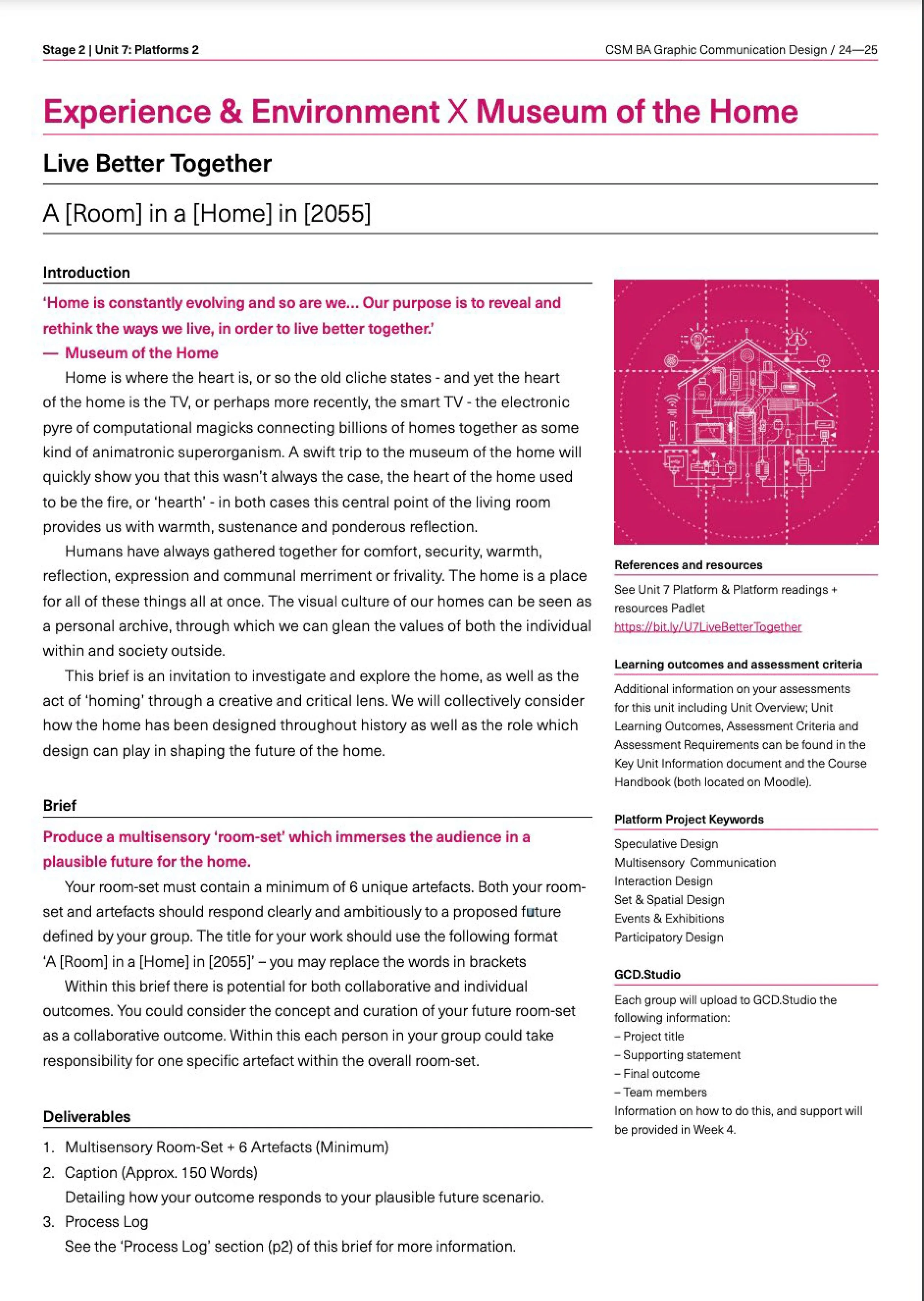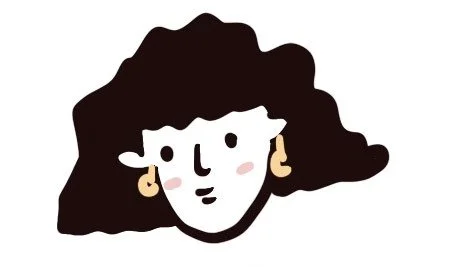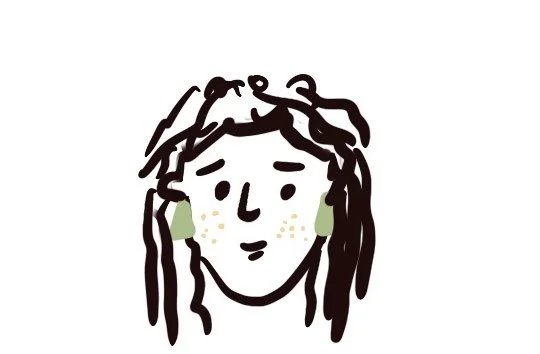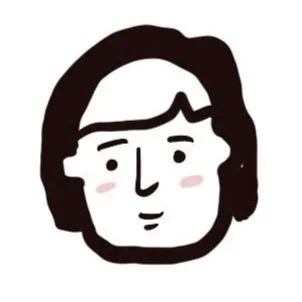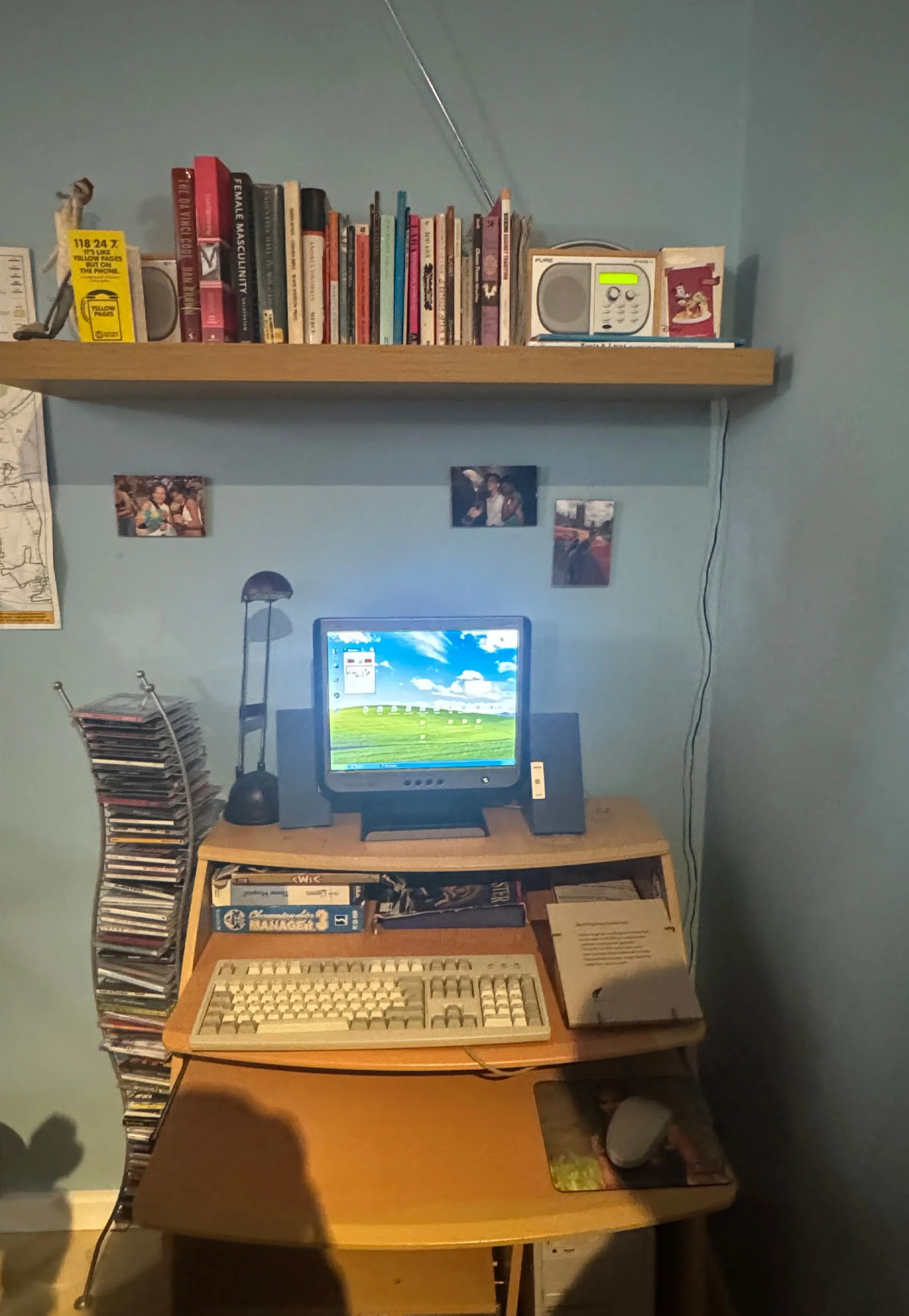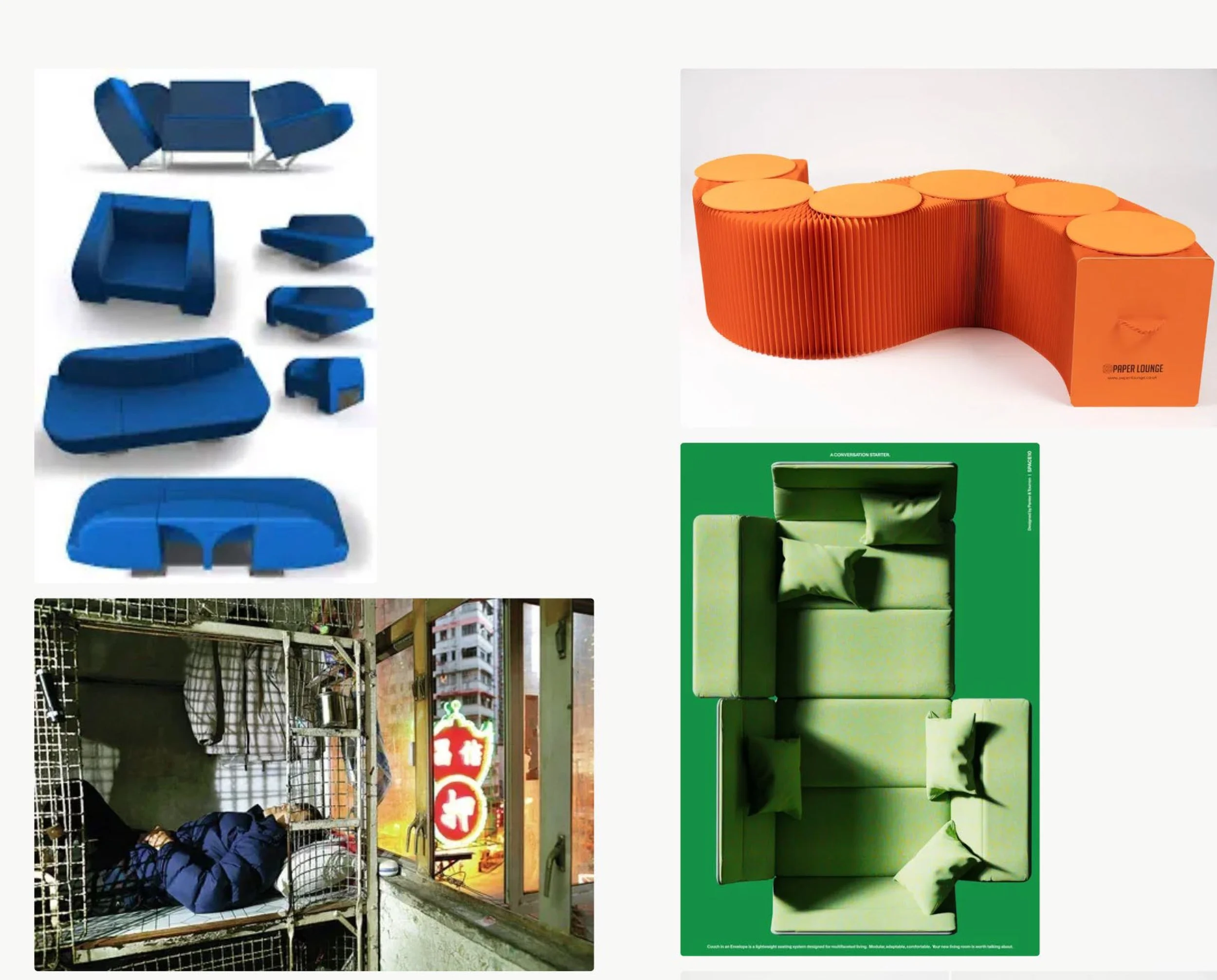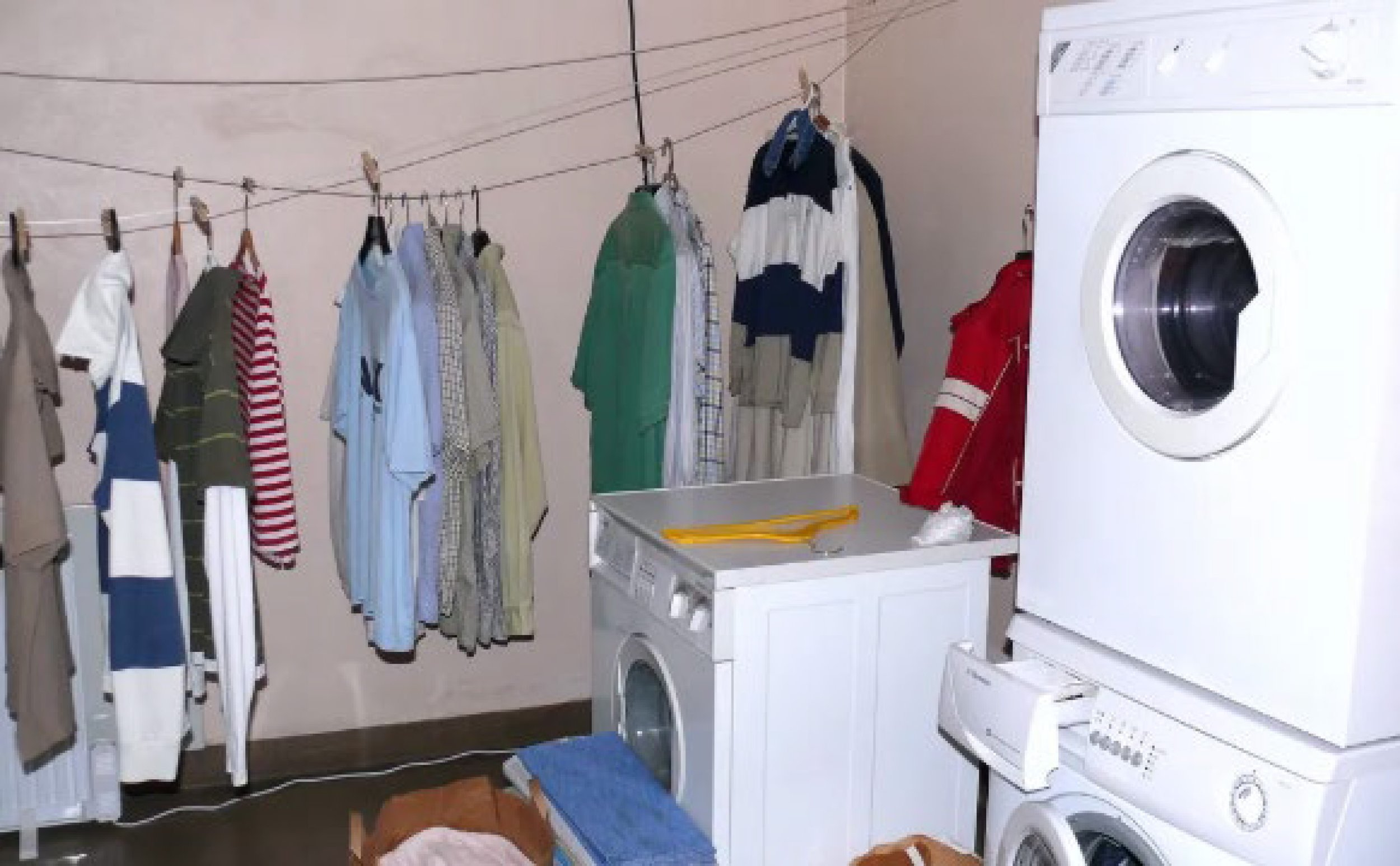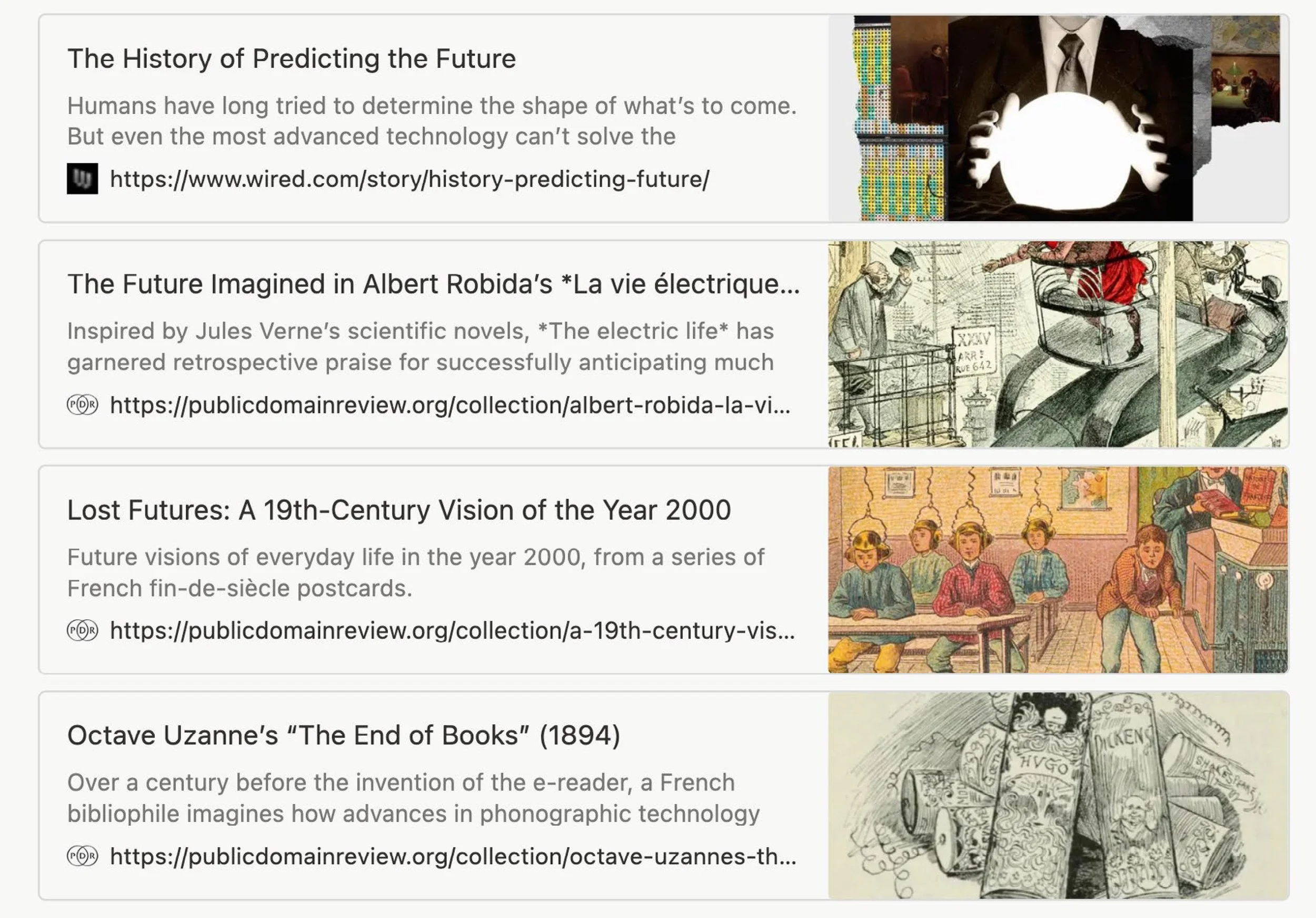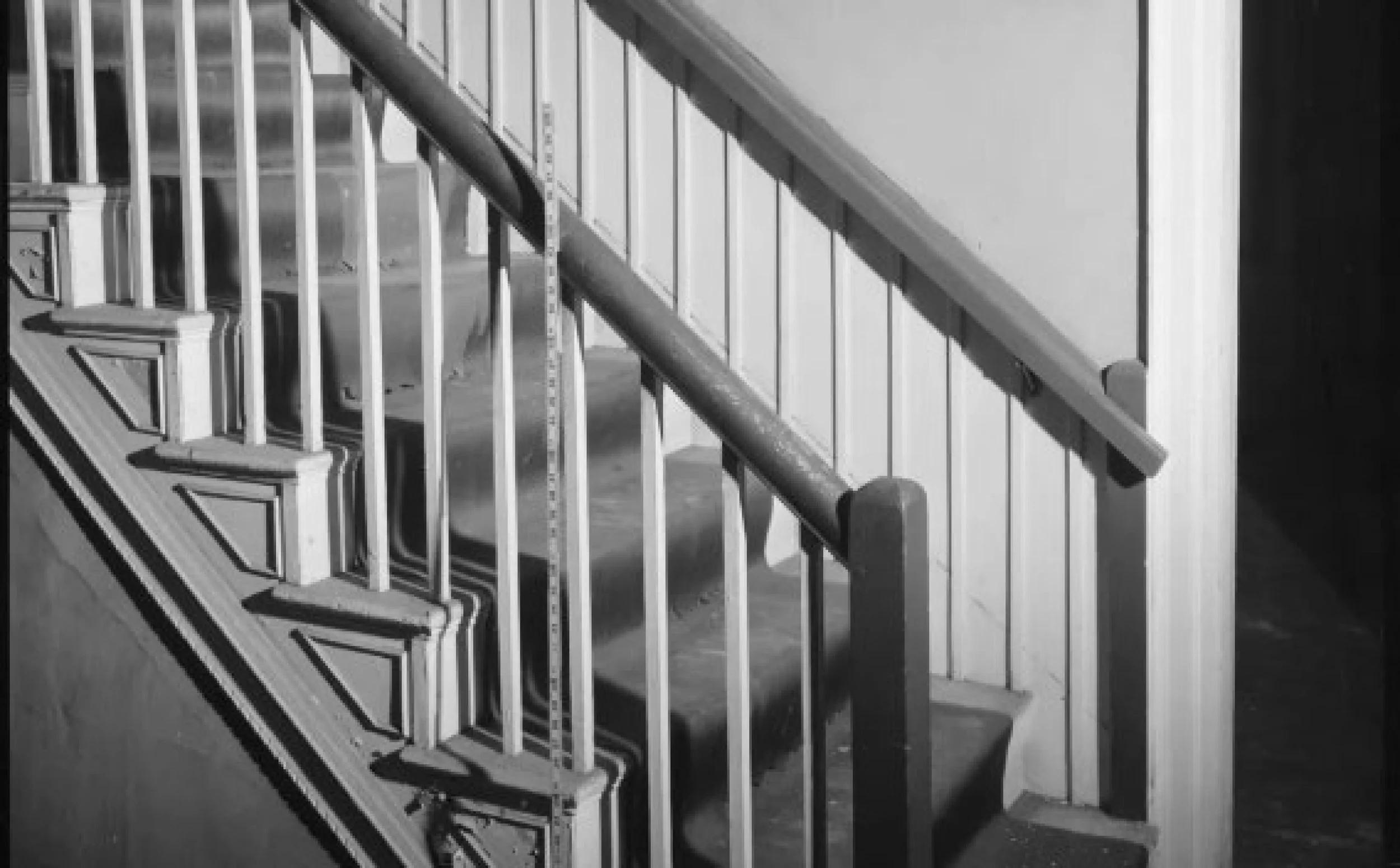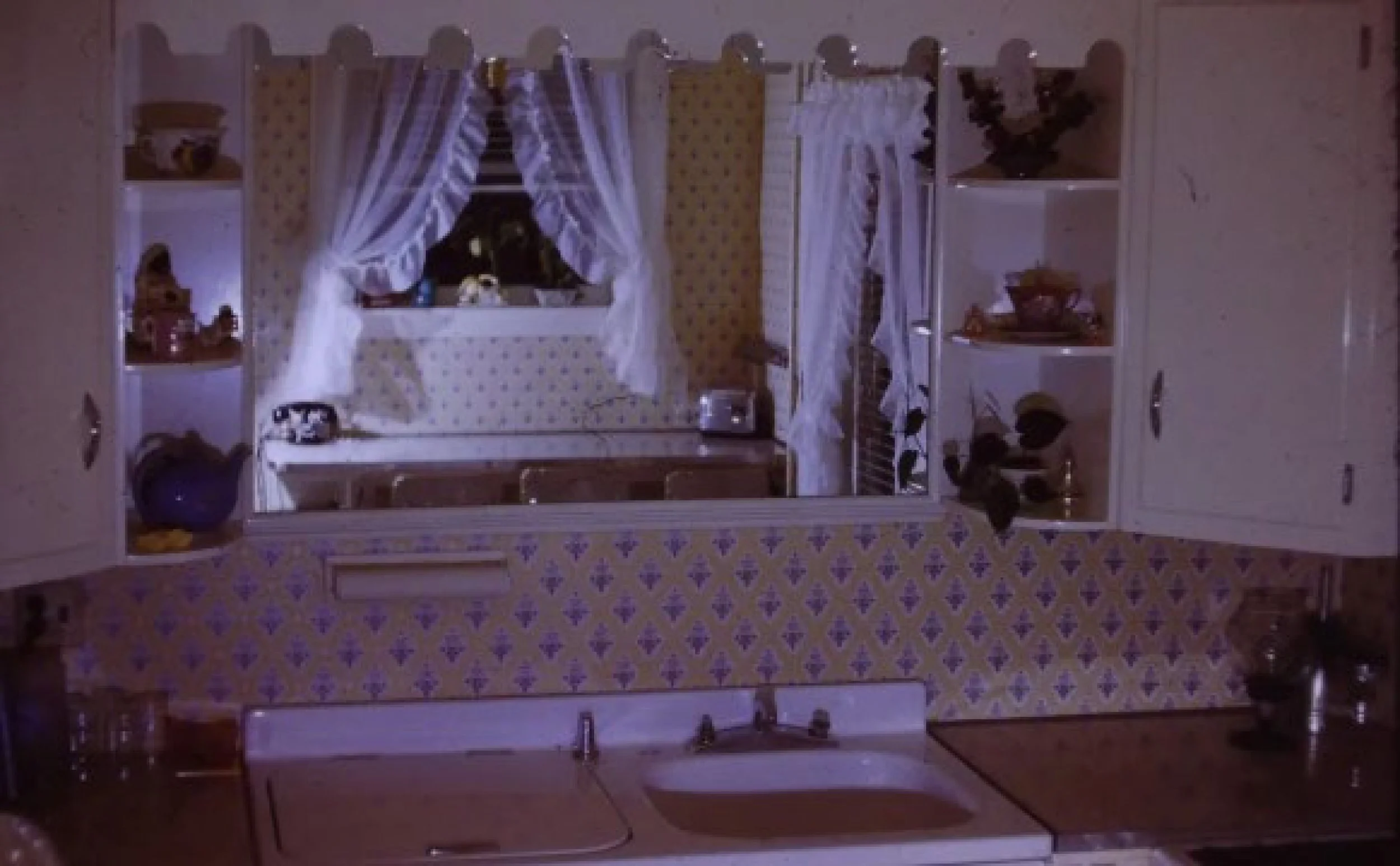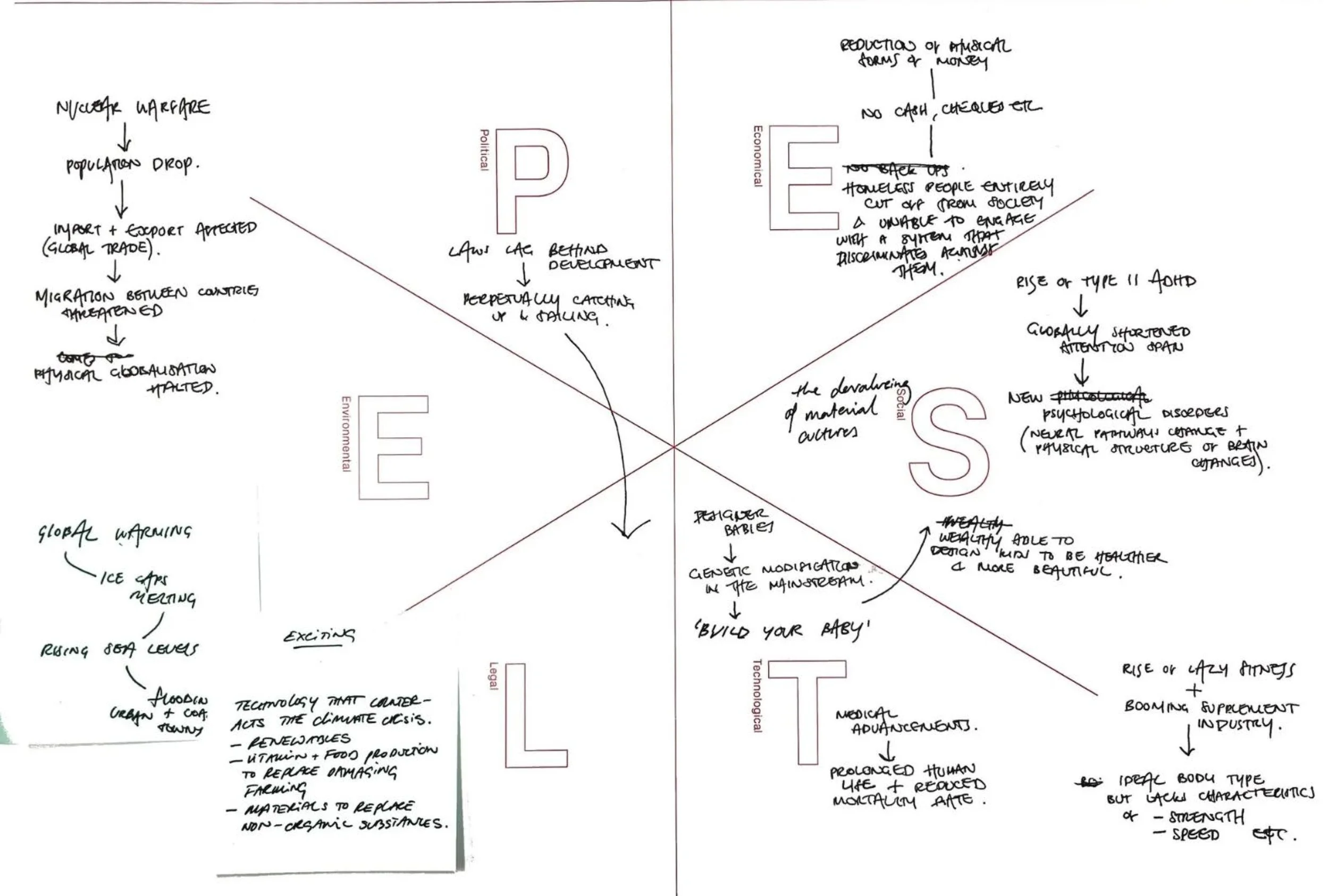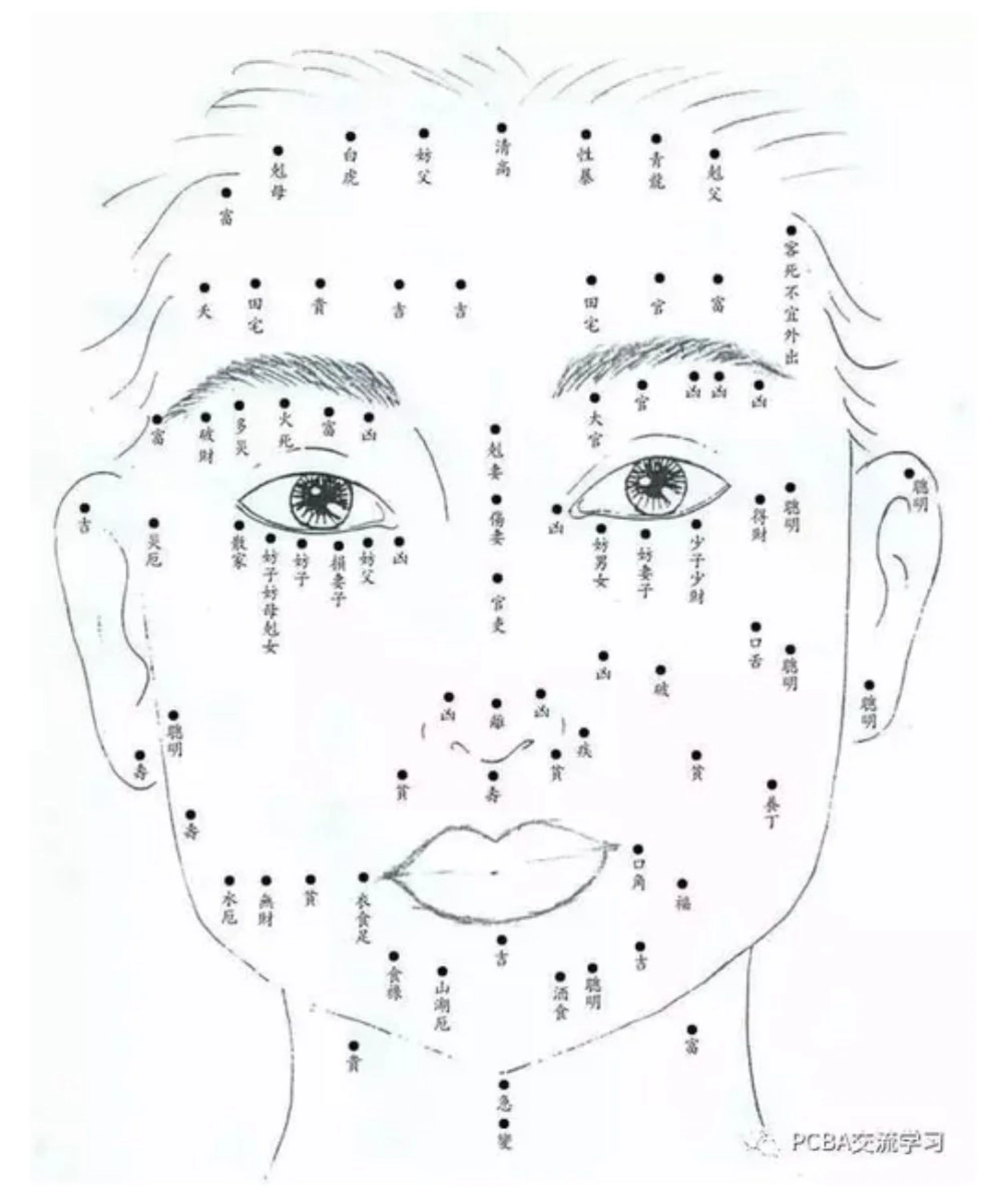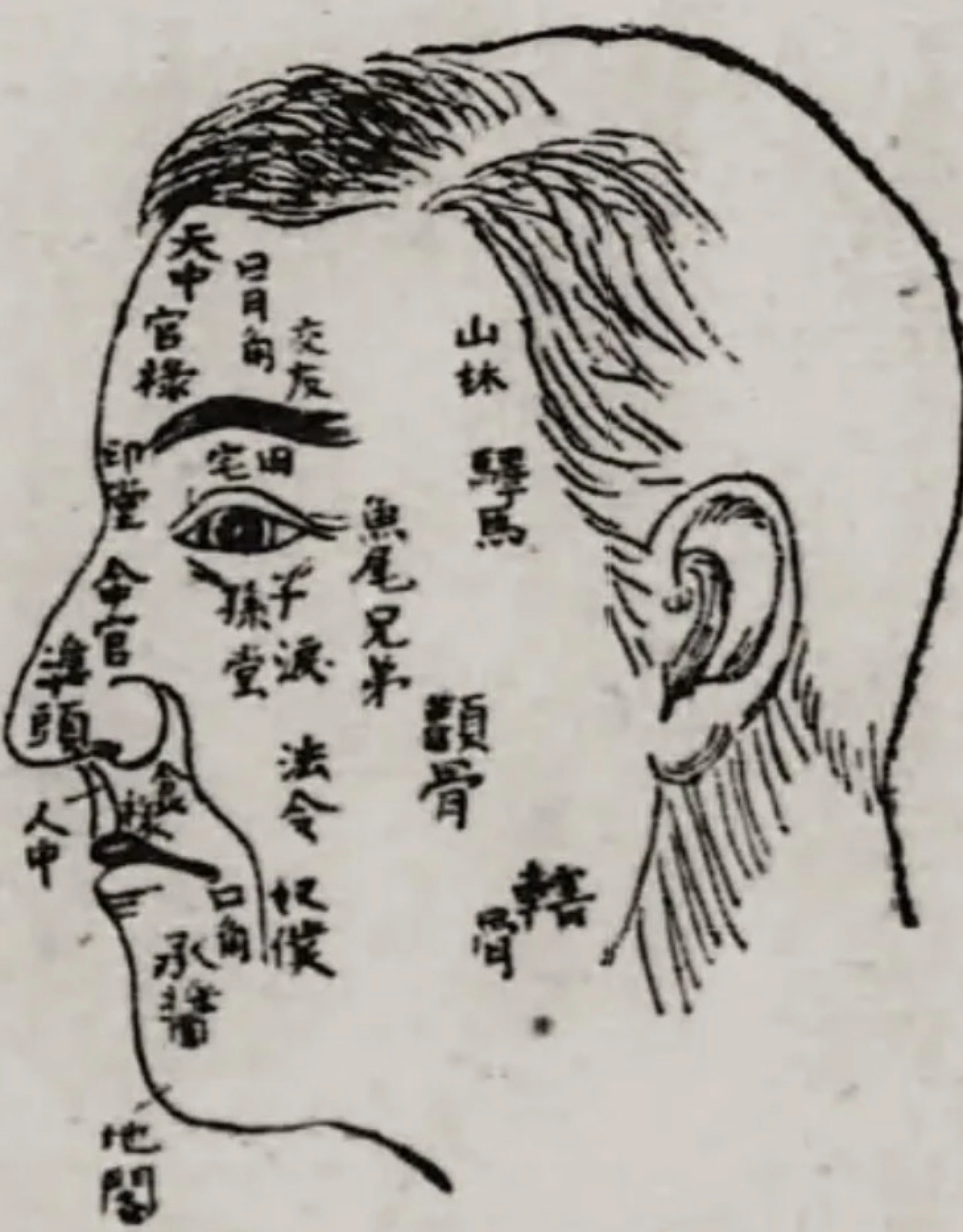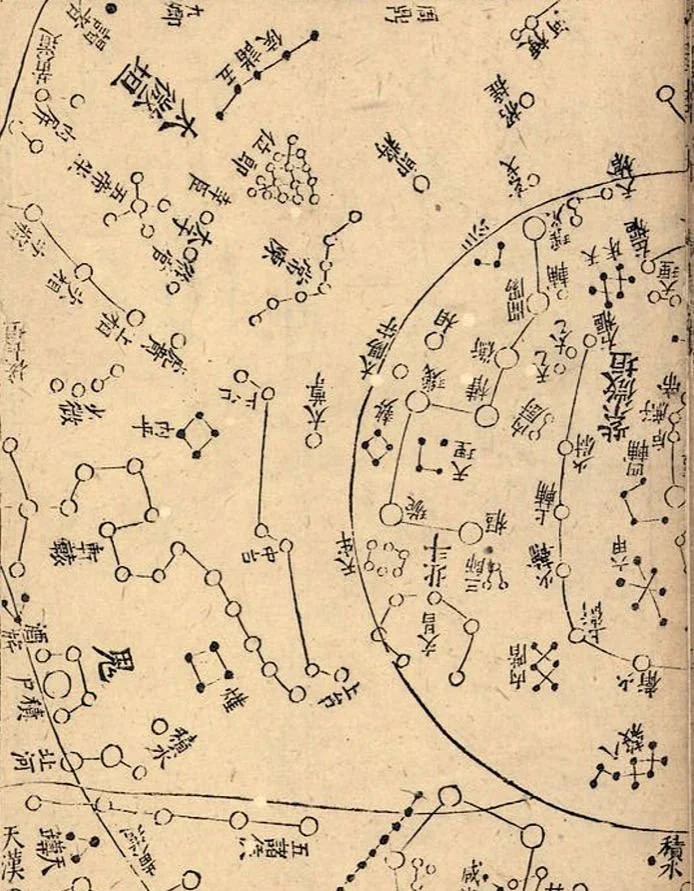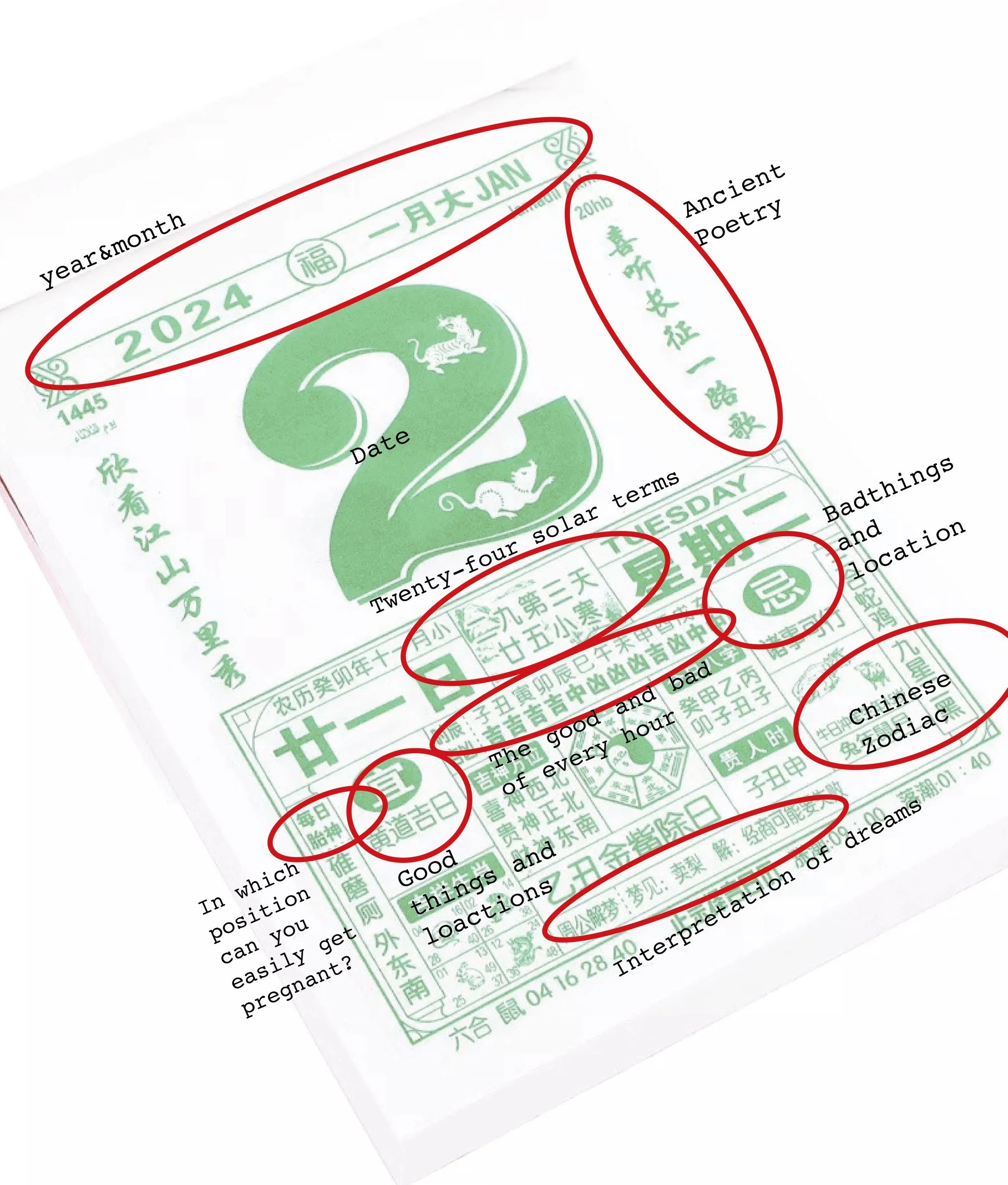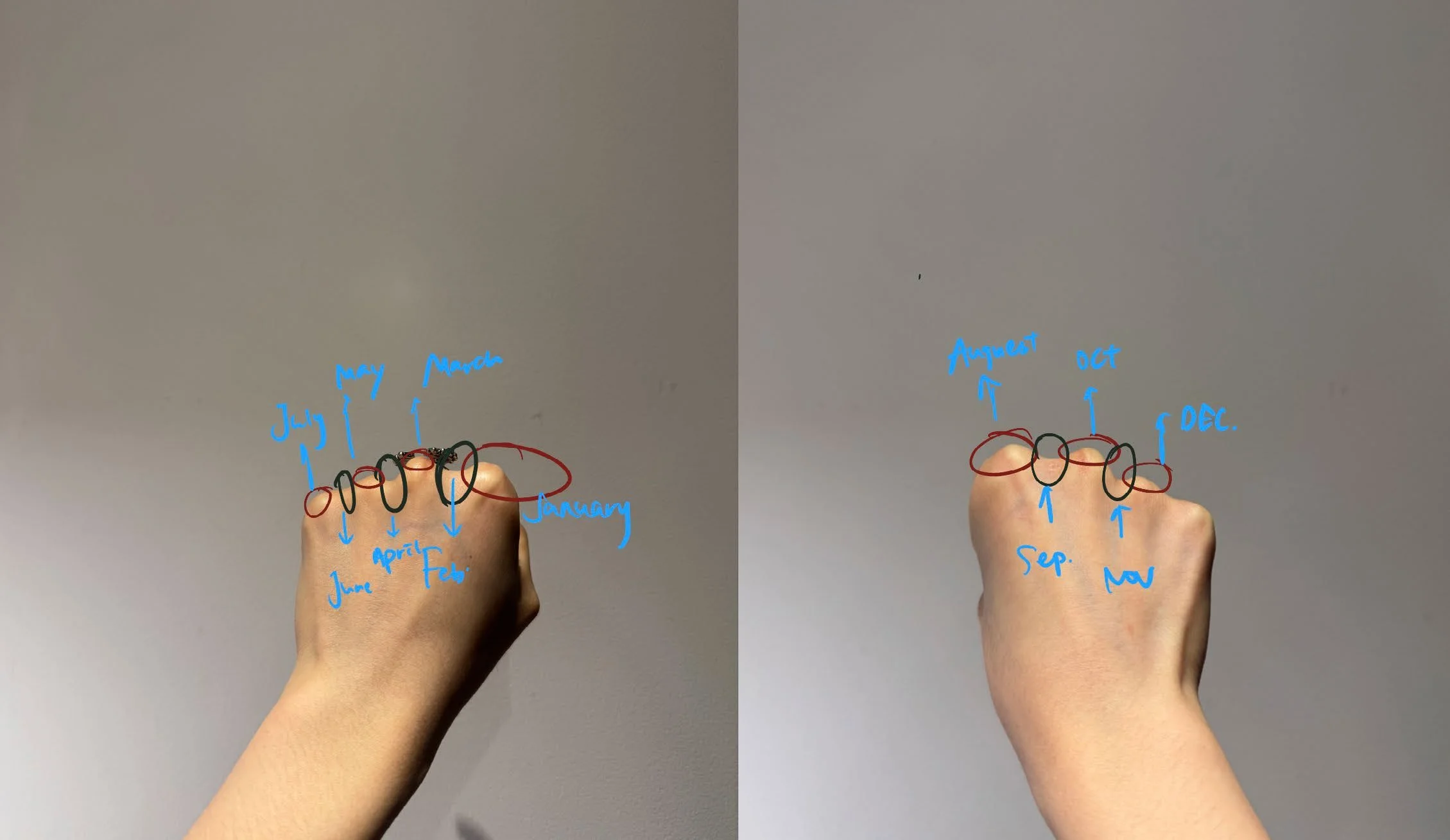
PROJECT STATEMENT
In our E&E project about the "home" of 2074, we
aim to explore how to establish an "underground" communication network based on trust and truth—called "the circuit"—in a future where misinformation and falsehoods are widespread.
During the process, we visited the “The Museum of
the Home” to explore the definition of future homes. By incorporating Maslow's Hierarchy of Needs, we concluded that London would still be our primary place of residence. Focusing on four directions—relationship, sustainability, architecture, and time—we created a 20-page publication and blueprint, integrating cultural elements such as Feng Shui, face moles, and astrology from China. This cultural fusion aimed to create striking visual impacts. After initial testing, we shifted our focus to viewing the community as a "constellation" metaphor, emphasizing the flow of communication between community members, inspired by underground publishing movements.
We refined our theme, collected materials from abandoned sites to make "receivers," and experimented with different materials and effects. Throughout this process, I participated in producing the publication, including forecasting calendars and newspapers detailing future specifics, experiencing how different types of paper produced varied results. Ultimately, we integrated all artifacts into a comprehensive communication system. This project made me realize the importance of organizing and sharing materials early on and taught me the value of testing and practicing for innovation. In future projects, I will adopt
a longer-term perspective, this iterative process transformed disparate materials into a cohesive narrative, highlighting the power of experimentation and future-oriented design thinking.
INTRODUCTION OF TEAMMEMBER
Marta
Gather information, organize notes, focus on photography and other poster production, etc.
#notion
**Group Members**
Marta, Emily, Hyowon,Puyi
Emily
Physical device production and data collection visualization.
Puyi
Publication, calendar and newspaper production. Cooperate with Emily to complete the preliminary work.
**Collective Skillset**
On this stage, we have use photography, product design, magazine design, publishing, exhibition design, documentary, illustration, drawing, advertising to present our whole process.
**Our Approach**
we through 6 ways to work:
**Communication:** effective communication (whatsapp, notion, calendar), honesty
**Questioning:** ask questions, make sure we are all on the same page at all times, understanding
**Thoroughness:** contributing by sharing opinions/thoughts/concerns, interrogate the brief, move forward, give feedback
**Organisation:** plan ahead, sticking to deadlines, making to-do lists, summarising group meetings, make a schedule after each week,
**Initiative:** do independent work, contributing our own skills/hobbies/interests/readings
**Outcome:** aim to make work we are all proud of and encompass all of our ideas
Hyowon
About the production and material collection of astrology posters.
PRE TASK:“MUSEUM OF THE HOME”
In the first class, we visited the "Museum of Home". The definition of home is different at different time points. Surprisingly, there are also decorative "gods" in traditional Chinese culture, which inspired my subsequent ideas.
HOME.WHAT DOES IT MEAN?
HOME.WHAT DOES IT MEAN?
London as home.
Same area, different houses. Cities - suburbs vs central.
Having moved house - once moved, it felt normal. A house doesn’t define it.
Home as movable.
Home not necessarily with ‘Mum and Dad’ - grandparents, friends at school.
The prospect of moving to the countryside, having grown up in the city.
Part of maturing - accepting movement and change, home is where you make it.
Home as a soundscape. Sleeping at night, the comfort of traffic and people talking at a local pub. Finding the pitch black and silence in the countryside unsettling.
Moving for study.
Growing up with separated parents, not wanting to consider one place more ‘home’ than the other - but accepting that it’s inevitable.
Comfort, happiness, safety, protection. Missing, longing.
## Objects
The home is the things you have inside it.
The home as a museum of yourself.
The textures of objects.
What would you take to a desert island? Only one suitcase.
The suitcase as a vessel for the home.
## The Senses.
The smell of home, the smell of objects. The textures, the feeling in your hands. What things look like.
The soundscape.
IDEA GENERATION
Before the first group meeting, we divided the work and read different movies, books or designs about the future home. We then summarized four directions -relationship,sustainability, time and architecture.
MINDMAP
PREPARTION FOR PUBLICATION
OUTCOME-20 PAGE PUBLICATION
Our idea is to publish these 20 pages of WW in the form of a house model, so that the characteristics of the home are retained. Then we combine the content of our research in each different area, so that the visual effect will be more obvious.
### Sketching Rooms
1. Bedroom 1
2. Bedroom 2
3. Vertical garden (A)
4. Vertical garden (B)
5. Utility rooms, grey water/laundrey
6. Living room
7. Bathroom
8. Kitchen
9. Hallway/Stairs
10. Attic/loft
CONTENT GENERATION


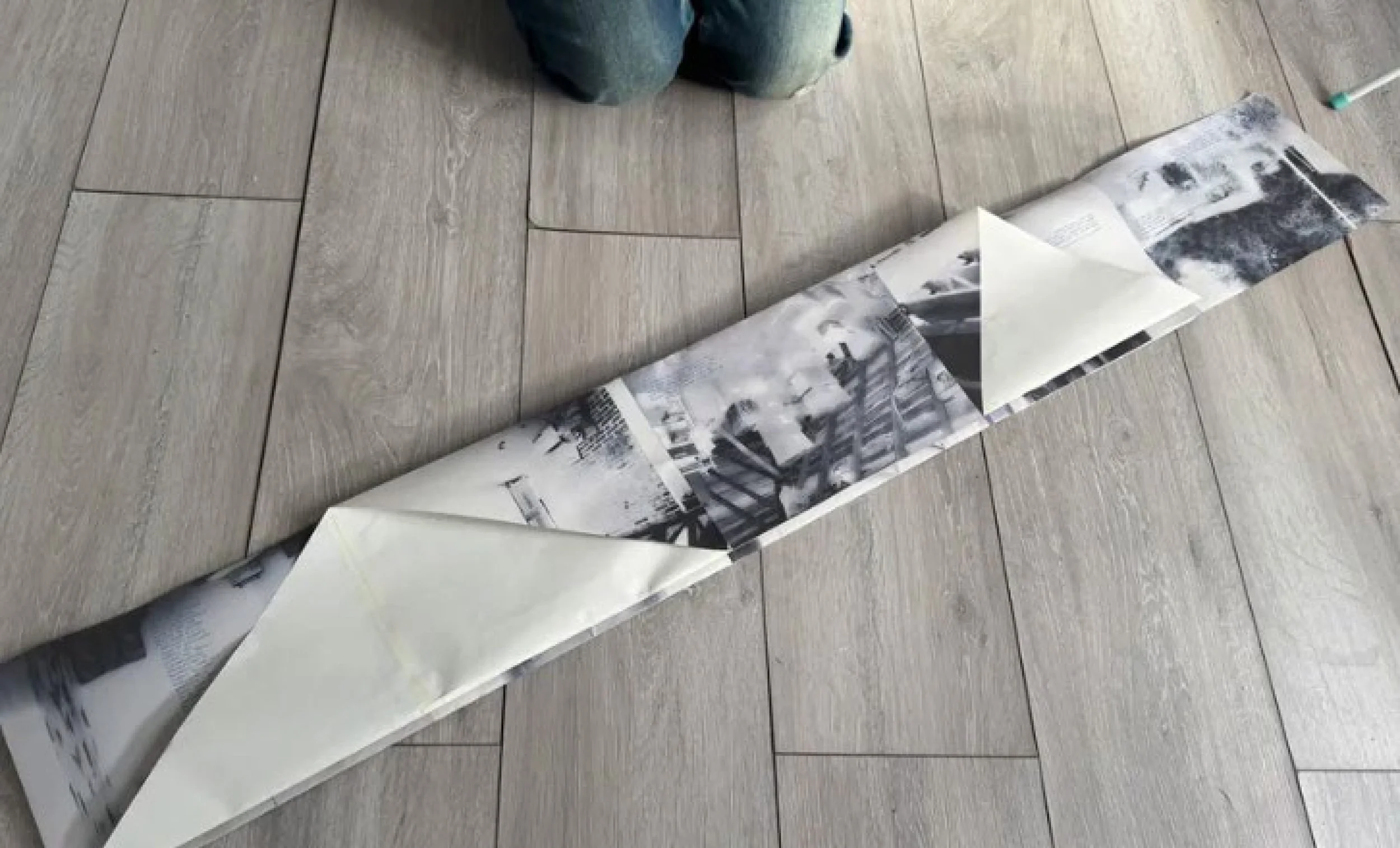

Key ideas
-need to be researched
MINDMAP
FUTURE FORECASTING
·Misinformation, fake news, deep fakes, Al image generation
·How to predict the future - how do we 'forecast' events?
·Traditions of fortune telling, for example: astrology, tarot cards, palm readings, lunar calendars,superstition, wish-making, dreams, visions and more.
·What it means for something to be 'fact' or "fiction'?
·Belief systems that are anti-technology or anti-internet. For example people who live 'off-gridi.e, 'luddites.
·'Trust' as the foundation of human connection.
·Material Cultures theories.
·The increasing polarisation within our political landscape.
·Will humans ever be able to emotionally connect to Al?
THIRD MEETING
-generating ideas
CONTENT RESEARCH
**Puyi**
beauty spots = superstitions, cosmology on the face parents take them off when your a child in china if the beauty spot is a negative
one all beauty spots meaningful speculated future; zooming out into the cosmos and in onto specific features of the face and the links between the two
**Marta**
Feminist lens; the home and the internet are gendered (lean into that)
Psychological factors in predictability - why humans lean into it so much
Personalised luck optimisation photography as a bridge between 3D and 2D worlds taking photos of televisions -picture inside a picture(portal into a portal into portal)
layers, portals, thresholds, barriers
**Hyowon**
AI could help with loneliness - or lead to social isolation? Because there interactions are less complex.
less complex interaction with AI - lead to people becoming more monotone/emotionless-people who interact more with AI become more like it
**Emily**
In the future we will run out mof space for landfill - we will have to ration what we buy -so what we do buy has to be more durable, multipurpose, flexible
Upcycling, recycling.
Repurposing the outmoded and obsolete.
What happens to obsolete objects - large scale abandonment.
Cultural parallels across the world - feng shui, astrolog-zoom in and out.
TEST1:
From my perspective, regarding the content of Blueprint, I want to produce content about predicting the future. Combining cultural differences, I want to combine Chinese mole aesthetics with Feng Shui and astrology.
PLAUSIBLE FUTURE SCENARIO
-CONCEPT FOR ROOMSET
Step1
We spent a weekend trying out what kind of visual effects would be best. At first, we wanted to use the window frame as a medium to see the scene decades later. But the disadvantage of this is that it would limit our output method. We still prefer to make this project more interactive.
step2
After we confirmed what the theme was, we divided it into three parts: world/person/room. Then we divided the work and listed the mindmap.
VISUAL REPERENCE
WORLD:
This is a world where we become **dependent on predictions** and forecasting, ‘factual tracking’ guides every aspect of life.
As a result, notions of ‘**luck and chance**’ become confused, it feels like they are no longer universal laws. Individuals have **no agency** when technology (owned by the mega-rich) predicts anything from daily events to world crises, to your own thoughts and feelings.
Humans are rendered **helpless and powerless**, everything feels **predetermined**. Consequently, humans begin to look for alternative sources of **emotional stimulation**. We feel **unfulfilled** by knowing everything, so we seek emotional **fulfillments** in the joy of **not knowing, the unpredictable**.
Persona
**Female/Woman.**
I’ve got the stars on my face. Beauty spots seen as stars on the face. **Marks on the body** as individual cosmologies.
Loose Ideas:
The person has a visual journal - photographs of their body from all different angles, manically annotated, trying to figure out how they relate to the universe.
Room
Visual motifs - **stars**.
Is it a conventional/defined room?
Our space should reflect - room that is flexible, or room that doesn’t yet exist.
The highest room in the house? **Attic** or cupboard. The attic is where obsolete things go - the only place where technology hasn’t infiltrated. **The attic is an archive of material, cultural and familial history.**
TASK2:HOW TO COMBINE?
Before designing the poster,our initial idea was to make window template as a medium,and then place the simulation of the scene of the future world inside the window.
→
we were thinking for ourposter rather than a 'window‘if we lean into the concept ofour speculated future being consumed with misinformation and lack of verifcation.
CONCEPT
In this blueprint, we want to highlight that everything in the future can be predicted. We combine Feng Shui and astrology to visualize all factors. We combine cultural differences. Our starting point is the Chinese calendar, which has many different predictions: for example, auspicious times and what is suitable to do on this day. We incorporate this factor into the poster.
RESEARCH
24 solarterms
The formation of the 24 solar terms can be traced back to ancient China in the 3rd century BC, and the earliest textual records can be found in
"Lüshi Chunqiu" and "Zhouli". It is an observation and summary of the laws
of nature by ancient farmers, aiming to guide agricultural production activities.
The 24 solar terms are based on the changes in the position of the sun on the ecliptic, and each year is divided into 24 solar terms according to the cycle of the sun's movement. Each solar term lasts about 15 days and is closely related to seasonal changes, climate changes and the growth cycle of crops. Through the division of the 24 solar terms, ancient farmers were able to better adapt to changes in the natural environment, forming a unique culture and agricultural production wisdom, which still plays an important role in folk life and culture.
Auspicious time
In ancient Feng Shui and numerology, the combination of a specific time and a person's fate is believed to enhance fortune. Therefore, before major events, people often consult Feng Shui masters or numerologists to select an auspicious time to achieve the best results.
VISUALIZE
HISTORY DEVELOPMENT
PRECIPITATION
RELATIONSHIP WITH FENGSHUI
TASK2:HOW TO VISUALIZE?
VISUAL TEST
Based on the combination oftwo dierent fists,I drewthe original curves and thencombined them,resulting inlines on diferent levels.
VISUAL REFERENCE
VISUALIZATION
Finally,in the graphic design process,I used diferent patterns and lines to represent the24 solar terms, the number of days in each month,and lucky hours,and visualized them intofuture calendar
PATTERN DESIGN
In China, we have a unique way of calculating the length of each month: the month with 31 days is called a "big month" and the month with 30 days is called a "small month". February is called a "medium month" because it only has 28 days. If you make a fist, the convex part is the big month and the concave part is the small month. So we calculate the number of days in each month according to the fist method.
